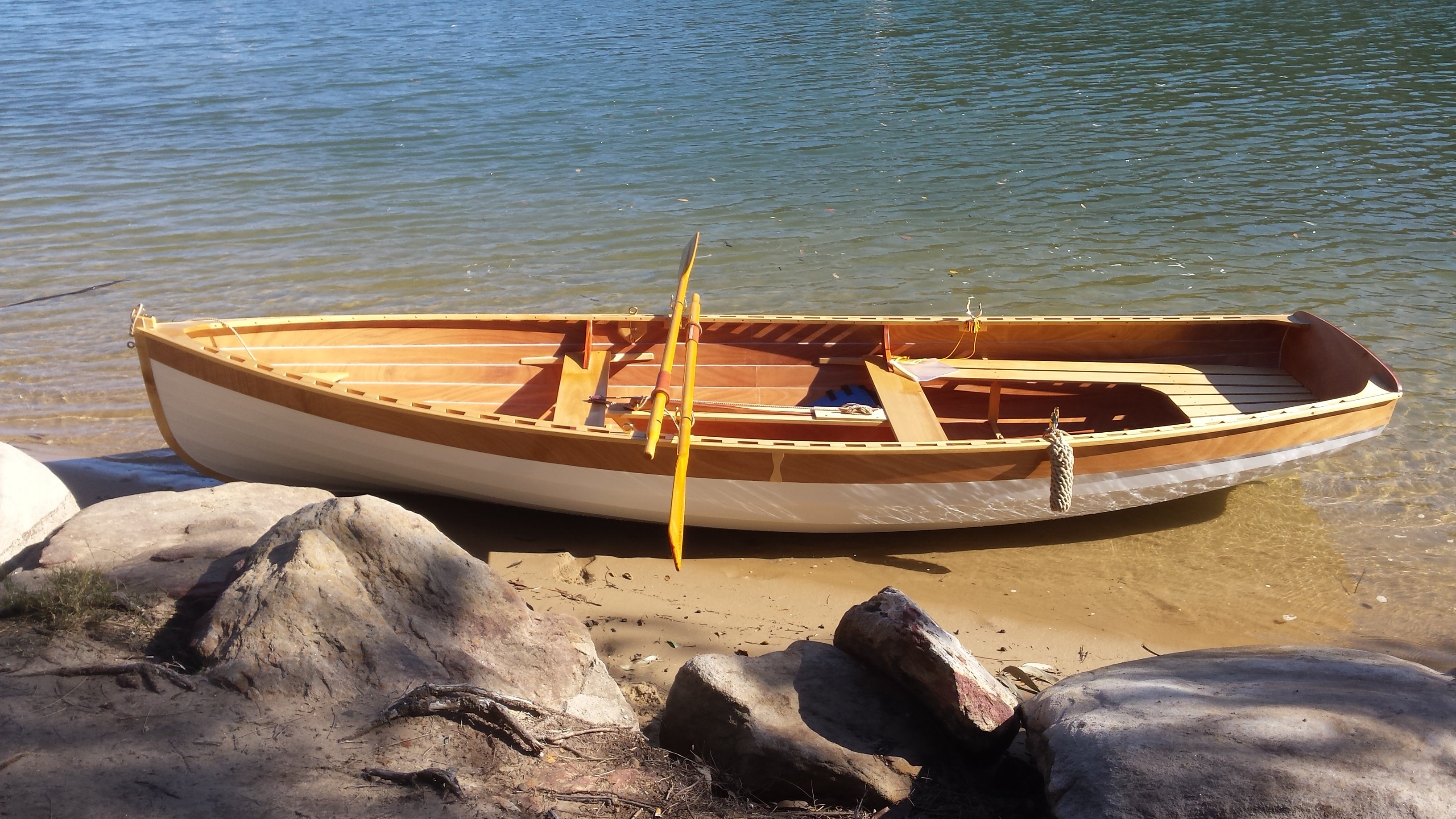-
Posts
1,297 -
Joined
-
Last visited
Content Type
Profiles
Forums
Gallery
Events
Everything posted by Bedford
-
I always look in to see your progress and am never disappointed. I will point out something my woodwork teacher taught me in high school (he'd probably fall off his chair if he knew I'd been paying attention but I'd imagine he's fallen off the coil already) "Never assume anything is square or plumb" a sheet of ply isn't always square and a door frame isn't always vertical ! That said it looks pretty plumb.
-
Keith, you never fail to amaze, inspire and teach! I really love every aspect of this build
-
Glad I'm not the jealous type or I couldn't enjoy this build, it's nothing short of spectacular!
-
I love the craftsmanship in this build and have one question about the beautiful brass work, how are you going to keep it shiny over the years?
-
Keith when it comes to stumbling upon the info you desperately need you are no Robinson Caruso! With my big RC schooner build I planned it for ages and kept files on the computer knowing I'd need to refer back to them and when the time came I was completely stumped until I went back through the computer for inspiration and there in front of my eyes was the very info I needed, stored safely with forethought and promptly forgotten! This has to be one of the most beautiful builds I've ever seen!
-
I have a question about the brass work, what is your polishing process, what do you use?
-
Interestingly the Sydney Heritage Fleets' steam tug Waratah circa 1903, which I crew, has a very similar looking helm. It has the degrees of rudder and an indicator on the top. Differently to Altair the Waratahs helm is answered by a steam winch that hauls the tiller chains. http://modelshipworld.com/index.php?/topic/14711-models-on-a-scale-of-11/#comment-483609 No pics of the helm there but nice pics of the fleet, espacially Waratah
-
Love it and you know what, it's your build and you can put pink sails on her if you like. If you owned the real thing would you leave the basic one in place or have a better looking one made?
-
All I can do is repeat what others have said, she's beautiful John. Well done, I'll have to get in there and see her again now she's done!
- 745 replies
-
- francis pritt
- mission ship
-
(and 1 more)
Tagged with:
-
Mate, that'd be a bit special if she ends up in the collection!
- 745 replies
-
- francis pritt
- mission ship
-
(and 1 more)
Tagged with:
-
I've seen one of these under sail on Sydney Harbour and they are just beautiful, they make it look so easy compared to the newer boats too. This is just magnificent!
-
Paper divider........................noted Magnets holding square......noted Both filed for future reference. As for the piece, I've said it all before. Pointless to keep repeating the superlatives!
-
Hey Keith, I think I'd probably just make each block as and when needed. That'd break the job up!
-
I will Jim I've been working with Sydney Heritage Fleet lately (except in this heat wave we've been having) and am crewing the steam tug Waratah on 25th Feb so not sure when, you'll have to let me know when you're there and I'll see what I can do.
- 745 replies
-
- francis pritt
- mission ship
-
(and 1 more)
Tagged with:
-
I'm feeling another visit to ANMM in the near future to see the finished product.
- 745 replies
-
- francis pritt
- mission ship
-
(and 1 more)
Tagged with:
-
John, he did make it and the process is detailed earlier in this thread. It shouldn't be too hard for you to find.
-
I love this hull, it's just beautiful and the white just adds to the whole effect. Well done as usual.
-
Sounds just like Orange in winter! I now live in the outskirts of Sydney and we are having 40 plus. It's killing me. But once in a while someone makes a simple sly Monty Python reference and I see more beautiful progress on a stunning model and it eases the pain!
About us
Modelshipworld - Advancing Ship Modeling through Research
SSL Secured
Your security is important for us so this Website is SSL-Secured
NRG Mailing Address
Nautical Research Guild
237 South Lincoln Street
Westmont IL, 60559-1917
Model Ship World ® and the MSW logo are Registered Trademarks, and belong to the Nautical Research Guild (United States Patent and Trademark Office: No. 6,929,264 & No. 6,929,274, registered Dec. 20, 2022)
Helpful Links
About the NRG
If you enjoy building ship models that are historically accurate as well as beautiful, then The Nautical Research Guild (NRG) is just right for you.
The Guild is a non-profit educational organization whose mission is to “Advance Ship Modeling Through Research”. We provide support to our members in their efforts to raise the quality of their model ships.
The Nautical Research Guild has published our world-renowned quarterly magazine, The Nautical Research Journal, since 1955. The pages of the Journal are full of articles by accomplished ship modelers who show you how they create those exquisite details on their models, and by maritime historians who show you the correct details to build. The Journal is available in both print and digital editions. Go to the NRG web site (www.thenrg.org) to download a complimentary digital copy of the Journal. The NRG also publishes plan sets, books and compilations of back issues of the Journal and the former Ships in Scale and Model Ship Builder magazines.



